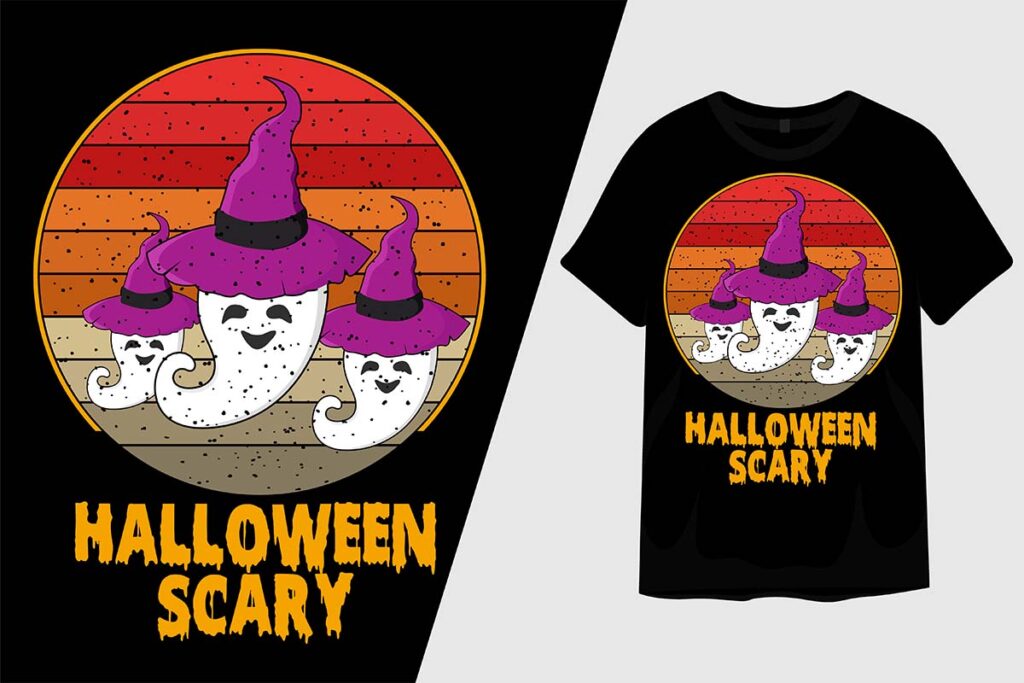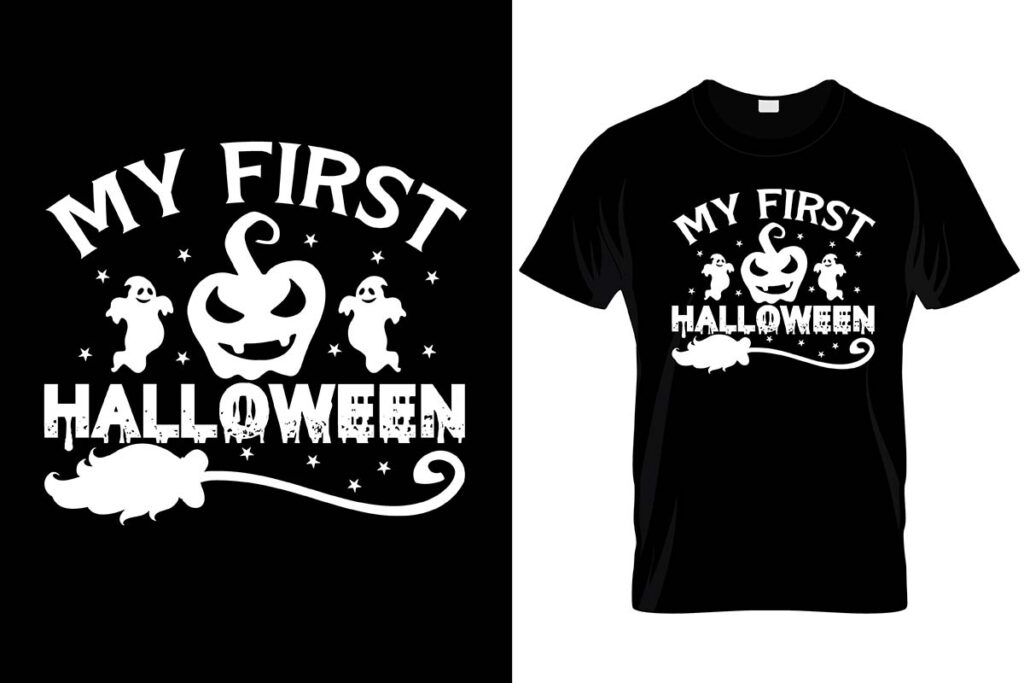DTF Supplies play a pivotal role in the advancement of Direct-to-Film printing, revolutionizing the way artisans and businesses approach fabric printing. By utilizing high-quality printing supplies, businesses can leverage DTF printing technology to achieve stunning results that stand out in a crowded marketplace. The integration of DTF printers with premium transfer films and inks enhances print efficiency, making it easier to produce vibrant, durable designs that last. As the demand for effective and cost-efficient printing solutions grows, understanding how to select top-notch DTF supplies becomes increasingly essential. This introductory guide will delve into the benefits and innovations surrounding DTF printing, empowering you to elevate your printing operations.
Direct-to-Film (DTF) printing has quickly gained traction among printers seeking high-quality fabric solutions and efficient processes. By harnessing cutting-edge DTF technology, many businesses are discovering the advantages of this innovative printing method that allows for quick and vibrant manipulation of various textiles. With a focus on high-grade supplies, the DTF printing landscape has become synonymous with improved visuals and long-lasting results. Entrepreneurs in the printing industry can benefit significantly from understanding the various elements involved in DTF printing, such as the efficacy of specialized printers and durable transfer films. This exploration will clarify why investing in premium DTF supplies is essential for maximizing productivity and quality.
Understanding the Basics of DTF Printing
Direct-to-Film (DTF) printing has revolutionized the textile print industry by offering a means to produce high-quality designs on various fabrics quickly and effectively. This technology differs significantly from traditional methods, such as screen printing or direct-to-garment (DTG) printing, primarily in its approach to applying ink. In DTF printing, inks are printed onto a special film rather than directly onto fabric. Once the ink dries, the film is pressed onto the fabric using heat and pressure, resulting in vibrant, durable designs that stand the test of time.
The benefits of DTF printing are manifold; it allows for intricate designs with a wide color gamut and excellent detail retention. Additionally, the process is efficient, as it eliminates the need for multiple setups that are typical in other printing methods. Moreover, DTF prints exhibit resilience against fading, cracking, and peeling, making them suitable for apparel that undergoes repeated washing. This versatility poses DTF printing as an ideal solution for both small business owners and large-scale operations, ensuring they stay competitive in a fast-paced market.
The Importance of High-Quality DTF Supplies
For businesses aiming to excel in DTF printing, the quality of supplies they utilize is paramount. High-quality DTF supplies, such as reliable DTF printers, premium inks, and specially formulated transfer films, greatly influence the final product’s outcome. Quality inks provide superior adhesion to the film, resulting in brighter and more resilient prints. Similarly, using top-grade transfer films ensures that designs transfer seamlessly onto the fabric, guaranteeing that colors remain vibrant and durable over time.
Furthermore, investing in high-quality DTF supplies can lead to significant cost savings in the long run. When businesses opt for reputable brands that offer reliable products, they minimize the potential for errors and material failures that could lead to reprints and wasted materials. Enhanced print efficiency is another advantage; with top-tier supplies, the printing process becomes streamlined, leading to an overall increase in productivity. Ultimately, topping up inventory with quality DTF supplies can be the difference between a brand’s success and stagnation in today’s competitive printing landscape.
Innovative DTF Printers That Boost Performance
The market is witnessing groundbreaking innovations in DTF printers that aim to enhance print performance and efficiency. For instance, the launch of the **LOKLiK iPrinter DTF-A3-XP600** exemplifies this shift towards user-friendly, high-capacity printing technology. This printer not only provides exceptional output quality but also includes features that simplify maintenance and operation, making it a prized asset for businesses ranging from startups to established printing houses. The inclusion of essential supplies in the pre-order package allows users to commence their printing journey without incurring additional costs.
Moreover, the **AM.CO.ZA A3 DTF printer** caters specifically to the needs of the print-on-demand market. With its compact design and affordability, this printer is suited for entrepreneurs who may have space constraints but still require reliable printing solutions. The versatility of this DTF printer allows it to print on various materials, providing businesses with the flexibility needed to expand their offerings. As innovations in DTF printers continue to emerge, businesses must keep an eye on the latest trends to invest in devices that can significantly elevate their production capabilities.
Expert Tips for Selecting DTF Supplies
Choosing the right DTF supplies involves a careful evaluation of several factors to ensure optimal performance and output quality. Firstly, it’s essential to assess the reputation of suppliers and brands; opting for well-reviewed manufacturers can save time, effort, and costs associated with potential product failures. Additionally, compatibility with existing equipment plays a crucial role. Ensuring that inks, films, and powders work seamlessly with your DTF printer can prevent technical difficulties that hinder productivity.
Another vital consideration is the level of customer support provided by the manufacturers. A supplier that offers resources such as tutorials, troubleshooting guides, and responsive customer service can significantly enhance the user experience and facilitate smoother operations. Finally, while budget constraints are common, finding a balance between cost and quality is critical. Investing in superior DTF supplies may initially seem costly, but the long-term benefits, including durability and reduced waste, often outweigh the upfront expenses.
Maximizing Output with Efficient Printing Techniques
To improve overall print efficiency in DTF printing, adopting efficient techniques is essential. One of the key methods involves calibrating your printer settings correctly for each job. Adjusting parameters such as ink density, speed, and temperature can dramatically impact print quality and reduce the likelihood of errors. Furthermore, experimenting with different transfer films and inks could lead to better results, as certain combinations may offer enhanced adhesion and color vibrancy.
In addition to printer settings, maintaining your equipment is crucial for continuous operation. Regular cleaning of the DTF printers and ensuring that the printing heads are well-maintained will prevent clogging or pixelation in prints. Keeping inventory of essential supplies is also advisable, as running low can delay jobs and affect deadlines. By integrating these techniques into your workflow, businesses can maximize output, streamline processes, and consistently deliver exceptional results that meet client expectations.
Future Trends in DTF Printing Technologies
The future of DTF printing is poised for exciting advancements, fueled by ongoing innovations in technology and materials. As the demand for digital printing rises, manufacturers are likely to continue enhancing the capabilities of DTF printers, incorporating smarter features that improve user experience, such as automated maintenance alerts and AI-driven technology for more precise prints. Furthermore, eco-friendly inks and materials are becoming increasingly popular, reflecting a shift towards sustainable printing practices that minimize environmental impact.
In conjunction with these technological developments, businesses are expected to witness a greater emphasis on customization and personalization in DTF printing services. As more consumers seek unique and bespoke products, companies equipped with DTF technology will be able to meet the intricate demands of the market easily. With continuous enhancements in printing speed and cost-effectiveness, DTF printing stands to reshape the apparel printing landscape, allowing businesses to remain competitive and excel in a dynamic industry.
Frequently Asked Questions
What are the advantages of using DTF supplies in printing?
Using DTF supplies, particularly in Direct-to-Film (DTF) printing, offers numerous advantages. These include enhanced print quality with vibrant, durable designs, improved print efficiency due to reduced downtime, cost-effectiveness by minimizing reprints, and long-lasting results that resist fading and peeling.
How do I select the best DTF supplies for my printing needs?
When selecting DTF supplies, prioritize the quality of materials from reputable brands, ensure compatibility with your existing DTF printers, seek out user support and resources from manufacturers, and balance cost against the durability and efficiency of the supplies.
What types of materials can I print on with DTF printing technology?
DTF printing technology allows for high-quality prints on various fabric types including cotton, polyester, and blends. By using the right DTF supplies, you can achieve vibrant prints on a wide range of materials suitable for different applications.
Can I use DTF supplies for small-scale printing operations?
Absolutely! DTF supplies are suitable for both small businesses and large-scale operations. Printers such as the LOKLiK iPrinter DTF-A3-XP600 and AM.CO.ZA A3 printer are designed to optimize print efficiency while catering to the specific needs of home-based and small-scale print operations.
What is the role of hot melt powders in the DTF printing process?
Hot melt powders play a crucial role in the DTF printing process by acting as an adhesive during the transfer phase. These powders ensure that prints adhere well to the fabric, enhancing durability and wash resistance of the final product when using high-quality DTF supplies.
What should I consider when investing in DTF printers?
When investing in DTF printers, consider factors such as print quality, ease of use, maintenance requirements, compatibility with various DTF supplies, and the cost to ensure that the printer aligns with your printing goals and business needs.
| Key Aspect | Description |
|---|---|
| What is DTF Printing? | A technology that prints directly onto fabric using a special film, resulting in vibrant, durable prints resistant to fading and cracking. |
| Importance of Quality Supplies | Quality supplies improve print quality, efficiency, cost-effectiveness, and durability of prints. |
| LOKLiK iPrinter DTF-A3-XP600 | A new innovative printer that offers high-quality output, user-friendly design, and essential supplies worth $600 included. |
| AM.CO.ZA A3 DTF Printer | A compact printer aimed at small businesses and freelancers, known for its affordability and print versatility. |
| Choosing DTF Supplies | Consider quality, compatibility, user support, and balance between cost and quality when selecting supplies. |
Summary
DTF Supplies are essential for achieving maximum printing efficiency in today’s fast-paced printing landscape. As businesses seek to improve their output and reduce operational costs, investing in high-quality DTF supplies like the LOKLiK iPrinter and AM.CO.ZA A3 DTF printer can significantly enhance the quality and durability of their products. Choosing the right supplies not only leads to better print results but also ensures that businesses remain competitive in a challenging market. By staying informed about innovations in DTF technology and prioritizing quality, companies can optimize their printing processes and elevate their brand visibility.



